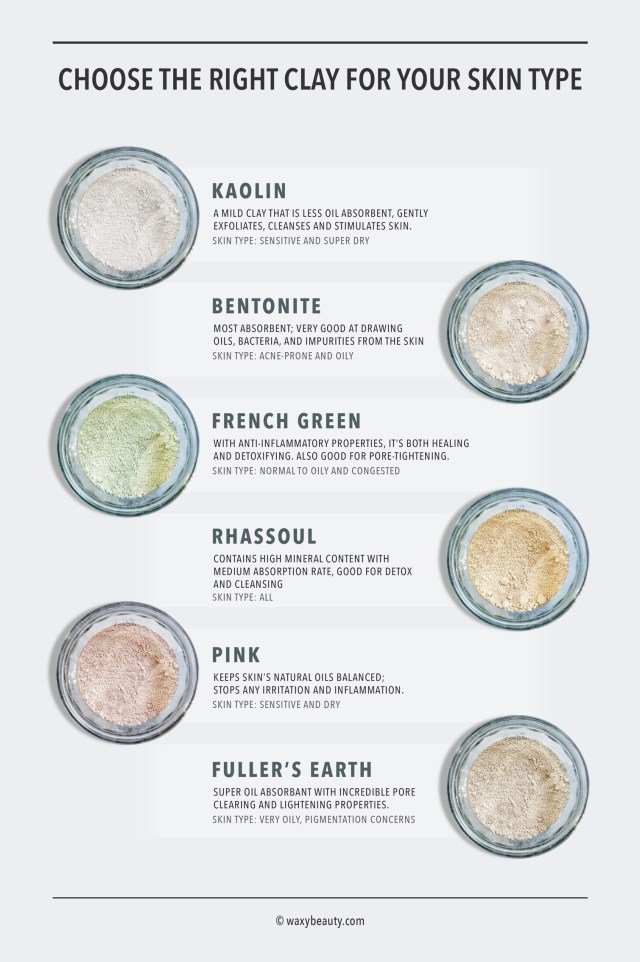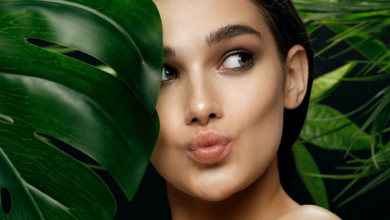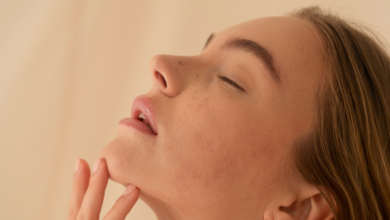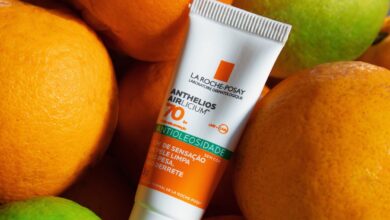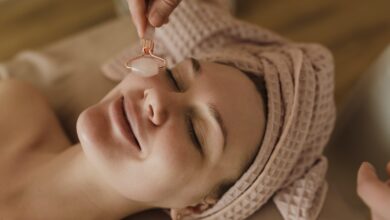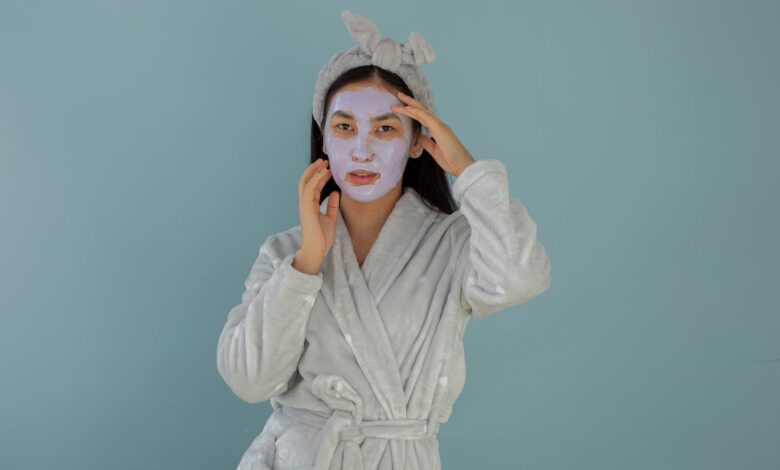
In the world of skincare, clay masks have emerged as a popular and effective way to achieve a glowing complexion. But with a plethora of clay options available, it can be overwhelming to decipher which type is best suited for your skin. In this article, we will delve into the different types of clay masks and their unique benefits. By understanding their properties, you can unlock the power of clay and enhance your skincare routine for beautiful, radiant skin.
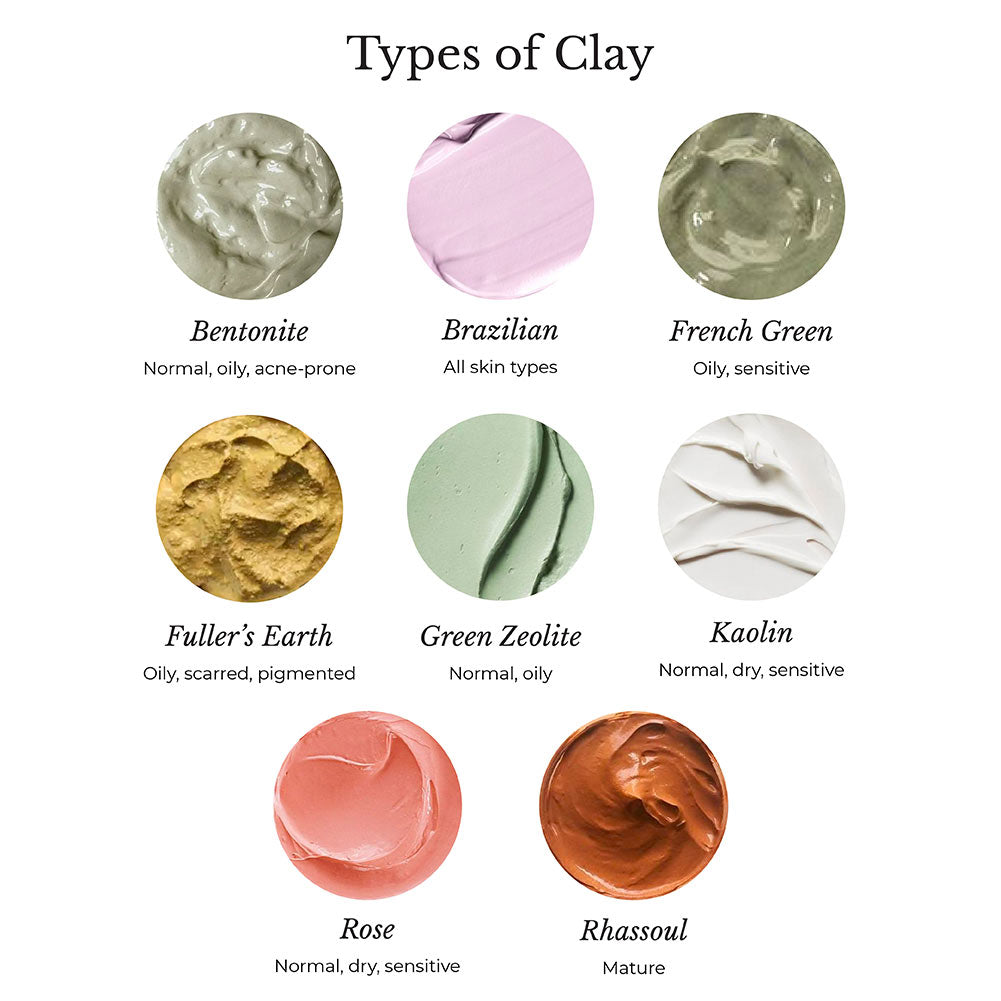
Types of Clay
There are various types of clay available, each with its own unique properties and benefits for the skin and hair. Understanding the characteristics of each type of clay can help you choose the right one for your specific needs. In this article, we will explore the different types of clay, including Bentonite Clay, Kaolin Clay, Rhassoul Clay, French Green Clay, Fuller’s Earth Clay, Multani Mitti Clay, Red Clay, White Clay, Pink Clay, and Yellow Clay.
Bentonite Clay
Bentonite Clay, also known as Montmorillonite Clay, is a highly versatile and popular type of clay. It is characterized by its soft texture, fine particles, and gray-green color. Bentonite Clay is derived from volcanic ash and contains numerous minerals, such as calcium, magnesium, and iron.
Definition and Properties
Bentonite Clay has the ability to absorb and remove toxins, impurities, and excess oil from the skin. It has a negative electric charge, which attracts positively charged toxins and helps cleanse the pores. This clay also has excellent water absorption properties, allowing it to absorb excess oil and sebum.
Benefits for Skin
Bentonite Clay is beneficial for all skin types, but it is particularly effective for oily and acne-prone skin. Its cleansing properties help unclog pores and reduce the appearance of blackheads and blemishes. Additionally, Bentonite Clay can soothe skin irritation and redness, making it suitable for sensitive skin as well.
Benefits for Hair
When used on the hair, Bentonite Clay can help remove product buildup, excess oil, and impurities. It promotes a clean and healthy scalp, which can lead to improved hair growth and reduced hair loss. Additionally, Bentonite Clay can enhance the natural shine and volume of the hair.
How to Use
To use Bentonite Clay as a face mask, mix a small amount of the clay with water or apple cider vinegar to form a paste. Apply the paste to your face, avoiding the eye area, and leave it on for about 15-20 minutes. Rinse off with warm water and pat your skin dry. For hair, mix the clay with water until it forms a thick paste and apply it to the scalp. Massage it in gently and leave it on for 15-20 minutes before rinsing thoroughly.
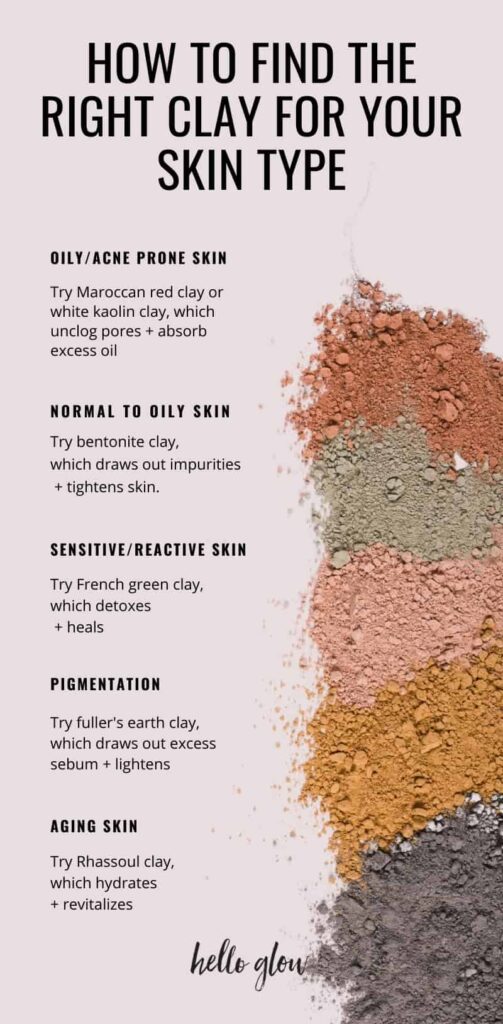
Kaolin Clay
Kaolin Clay, also known as China Clay, is a gentle and mild type of clay that is suitable for all skin types. It is characterized by its white color, soft texture, and powdery consistency. Kaolin Clay is naturally occurring and is commonly found in the soil.
Definition and Properties
Kaolin Clay has excellent absorbent properties, making it effective in removing excess oil, dirt, and impurities from the skin. It is also known for its soothing and calming effects on the skin, making it suitable for sensitive and irritated skin.
Benefits for Skin
Kaolin Clay is renowned for its ability to cleanse and detoxify the skin. It helps remove dead skin cells, unclog pores, and improve skin texture. This clay also has a mild exfoliating effect, which can promote a brighter and more radiant complexion.
Benefits for Hair
When used on the hair, Kaolin Clay helps to remove excess oil and buildup, leaving the hair feeling clean and refreshed. It can also promote hair growth and reduce dandruff or itching of the scalp.
How to Use
To use Kaolin Clay as a face mask, mix a small amount of the clay with water or a hydrating liquid, such as aloe vera gel or rose water, until it forms a creamy paste. Apply the paste to your face, avoiding the eye area, and leave it on for 10-15 minutes. Rinse off with warm water and follow with your regular skincare routine. For hair, mix the clay with water to form a smooth paste and apply it to the scalp and hair. Leave it on for 10-15 minutes before rinsing thoroughly.
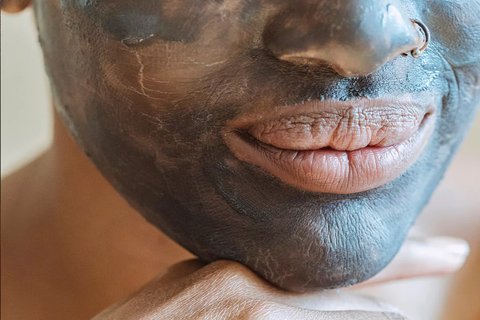
Rhassoul Clay
Rhassoul Clay, also known as Moroccan Red Clay, is a natural clay that has been used for centuries in traditional Moroccan beauty treatments. It is characterized by its reddish-brown color and fine texture. Rhassoul Clay is rich in minerals, including magnesium, silica, calcium, and potassium.
Definition and Properties
Rhassoul Clay is highly absorbent and gently exfoliating, making it ideal for deep cleansing the skin. It has the ability to draw out toxins, impurities, and excess oil without stripping the skin of its natural oils. This clay also has remineralizing properties, which can nourish and revitalize the skin.
Benefits for Skin
Rhassoul Clay is suitable for all skin types, but it is particularly beneficial for oily and acne-prone skin. It helps to balance oil production, reduce inflammation, and improve the overall complexion. This clay also has a tightening effect on the skin, which can minimize the appearance of pores and promote a smoother texture.
Benefits for Hair
When used on the hair, Rhassoul Clay can help cleanse the scalp, remove excess oil and product buildup, and promote healthy hair growth. It can also enhance the natural shine and softness of the hair.
How to Use
To use Rhassoul Clay as a face mask, mix a small amount of the clay with water or a floral water, such as rose water or lavender water, until it forms a smooth paste. Apply the paste to your face, avoiding the eye area, and leave it on for 10-15 minutes. Rinse off with warm water and pat your skin dry. For hair, mix the clay with water to create a thin paste and apply it to the scalp and hair. Leave it on for 10-15 minutes before rinsing thoroughly.
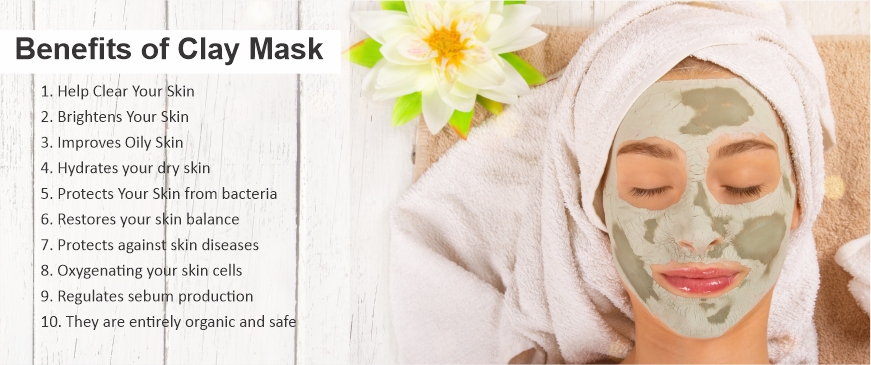
French Green Clay
French Green Clay, also known as Illite Clay or Sea Clay, is a type of clay that is mined from ancient volcanic deposits in France. It is characterized by its green color, smooth texture, and high mineral content. French Green Clay is rich in minerals, such as calcium, magnesium, potassium, and iron.
Definition and Properties
French Green Clay has excellent absorbent and purifying properties, making it ideal for deep cleansing and detoxifying the skin. It has the ability to draw out impurities, toxins, and excess oil from the skin, leaving it clean and refreshed. This clay also has mildly exfoliating properties, which can help remove dead skin cells and promote a smoother complexion.
Benefits for Skin
French Green Clay is particularly beneficial for oily and acne-prone skin. It helps to regulate sebum production, unclog pores, and reduce the appearance of blemishes. This clay also has a toning and firming effect on the skin, which can improve elasticity and reduce the signs of aging.
Benefits for Hair
When used on the hair, French Green Clay can help remove excess oil, product buildup, and impurities from the scalp and hair strands. It can also enhance the volume and shine of the hair, leaving it looking healthy and vibrant.
How to Use
To use French Green Clay as a face mask, mix a small amount of the clay with water or a hydrating liquid, such as chamomile tea or witch hazel, until it forms a paste. Apply the paste to your face, avoiding the eye area, and leave it on for 10-15 minutes. Rinse off with warm water and follow with your regular skincare routine. For hair, mix the clay with water to create a thick paste and apply it to the scalp and hair. Massage it in gently and leave it on for 10-15 minutes before rinsing thoroughly.
